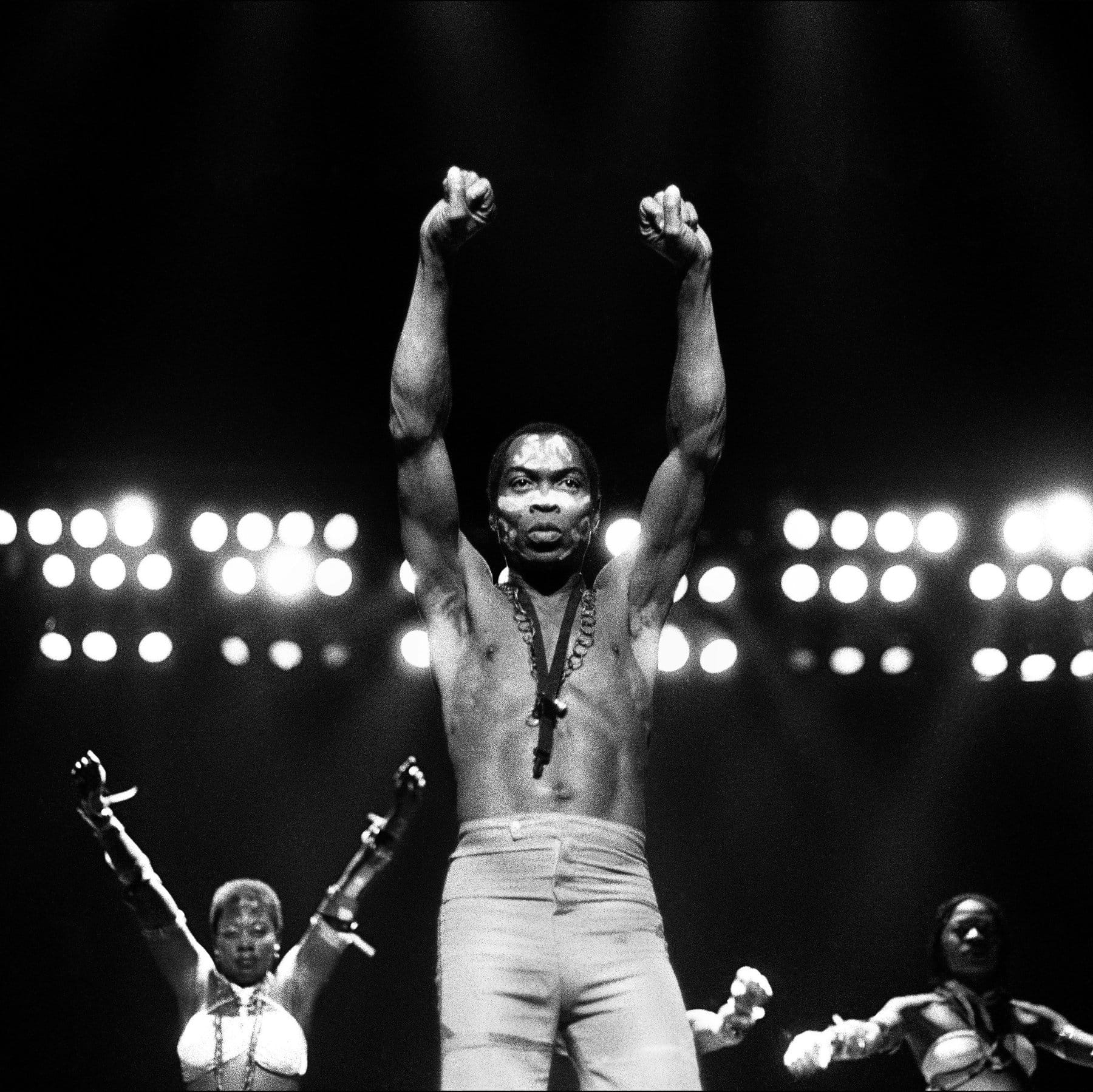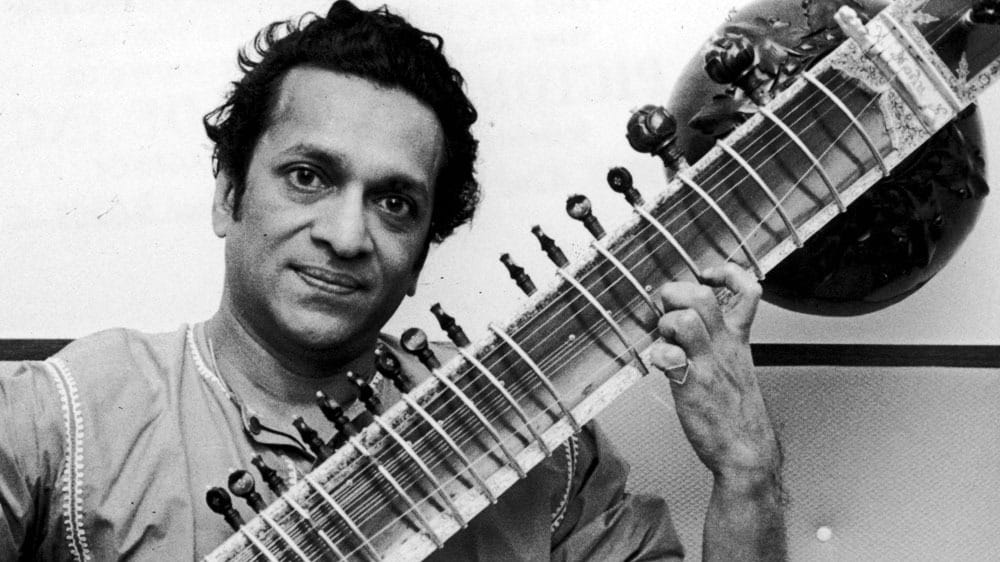Music is one of the oldest and most universal means of communication in human history. Under the title “Global Rhythms: Exploring World Music Traditions”, we explore in depth different musical traditions around the world. Each culture’s unique rhythms, melodies and melodies appear as a part of this tremendous diversity.
From southern Africa to the depths of northern Asia, the music of every continent is not only a melodic satisfaction but also a reflection of history and culture. Africa’s energetic drums and ritual instruments used in singing create a strong bond between communities, while Asia’s mystical melodies offer a profound spiritual experience.
While Latin America’s enthusiastic rhythms and colorful dances reflect the rhythm-filled lifestyle and social structure of this region, Europe’s classical harmonies and rich orchestrations have an important place in music history.
This blog will delve into the history, cultural significance and evolution of each musical tradition, with the aim of celebrating the richness and diversity of world music. With our content covering a wide range from traditional instruments to modern interpretations, we invite you to understand the universal language of music and go deeper into these unique experiences.
Music is a passion that knows no boundaries and a world worth exploring. Join us on this journey and get lost in the fascinating world of global rhythms. You will find a new story in every tune, a new culture in every rhythm. Get ready, this journey of discovery filled with music awaits you!
Cultural Roots of Music: Traditional Instruments and Rhythms
Music is a mirror that carries the history and identity of every culture. Under the title “Cultural Roots of Music: Traditional Instruments and Rhythms”, we explore the traditional instruments and rhythms that form the cornerstones of world music. Every culture tells its own story through music, and this is directly linked to the instruments used.
The drums of Africa, the zithers and sitars of Asia, the maracas of Latin America, and the violins of Europe, each offering a unique world of sound and rhythm. These traditional instruments play an important role in social ceremonies and daily life, as well as keeping cultural heritage alive. Each instrument has its own structure and playing technique, a feature that distinguishes it from others and makes it meaningful in a cultural context.
Rhythms create the dynamic structure of music and take the listener on a cultural journey. Traditional rhythms reflect the social structure, traditions and even beliefs of communities. These rhythms reveal not only music but also cultural interactions and historical processes.
In this section, we will examine in detail the origins of traditional instruments and rhythms, their cultural significance and their role in music. Get ready to dive deep into traditional music and understand cultural diversity!
Indigenous Music: Preservation and Revitalization Efforts
Indigenous music is an important part of the cultural identity of indigenous communities around the world. Under the title “Native Music: Preservation and Revitalization Efforts”, we discuss the efforts to preserve and sustain this valuable musical heritage. Indigenous music is not limited to just melodies and rhythms; It also represents a cultural treasure intertwined with traditions, rituals and social values.
Today, many indigenous musical traditions are threatened under the pressures of globalization and modernization. Various conservation and revitalization projects are being carried out in order to prevent this situation and ensure the survival of local music. Educational programs, recording projects and community centers aim to transmit these music to younger generations and strengthen cultural ties.
In addition, local artists and music researchers are working to ensure that traditional instruments and rhythms are blended with modern music to reach wider audiences. These efforts aim not only to preserve indigenous music, but also to keep it alive in a vibrant and dynamic way.
In this section, we will detail the work done to preserve and revitalize indigenous music and the challenges encountered in this process. We will emphasize the value of indigenous music as cultural heritage and explore initiatives that contribute to carrying this important musical tradition into the future.
Cross-Cultural Collaborations: Fusion and Hybrid Genres
The global music scene is enriched by collaborations that cross cultural boundaries and bring together different traditions. Under the title “Intercultural Collaborations: Fusion and Hybrid Genres”, we explore innovative genres that arise from the combination of different musical traditions. Fusion and hybrid genres are dynamic and creative musical styles that emerge by blending traditional music with modern elements.
These genres combine instruments, rhythms and melodies of different cultures, offering listeners a new experience. For example, when the jazz rhythms of the West come together with the traditional melodies of Asia, or the energetic sounds of Latin America and the drums of Africa, unique and innovative musical genres emerge. This type of music not only celebrates cultural diversity but also expands musical boundaries.
Thanks to these collaborations, artists have the opportunity to share both their own cultural heritage and the richness of other cultures. Intercultural collaborations foster cultural understanding and tolerance while strengthening the universal language of music.
Rituals and Celebrations: Music in Religious and Ceremonial Contexts
Music is an integral part of rituals and ceremonies in many cultures. Under the heading “Rituals and Celebrations: Music and Religious Ceremonies,” we examine the importance of music in religious and ceremonial contexts. Whether in an ancient temple ritual or a modern wedding ceremony, music enhances the emotional and spiritual depth of these moments.
In religious ceremonies, music is often used as a means of worship and meditation. Choral melodies, hymns and prayer melodies strengthen social unity and spiritual commitment. Likewise, traditional instruments and rhythms used in cultural rituals keep alive the history and importance of these ceremonies.
In celebrations and festivals, music reflects joy and enthusiasm. Dances, songs and rituals bring communities together and create a shared atmosphere of celebration. While these music express cultural identity, they also strengthen social ties.
World Music Icons: Fela Kuti, Ravi Shankar, and Youssou N’Dour
World music has been enriched by the contributions of many legendary artists. Under the title “World Music Icons: Fela Kuti, Ravi Shankar and Youssou N’Dour”, we take a brief look at the lives and music of these music giants.
Fela Kuti is a name that has revolutionized Africa’s music scene. The Nigerian musician is known as the pioneer of the Afrobeat genre. Known for his political and social messages, Fela Kuti has made a huge impact not only in Africa but also around the world with his energetic and rhythmic music. By combining music and activism, he has inspired social change.
Ravi Shankar is a maestro who brought India’s classical music to the world stage. Shankar, known as the sitar virtuoso, pioneered a global musical approach by blending Hindustani classical music with Western music. Shankar, who was influenced by the Beatles’ John Lennon and other Western artists, built an intercultural bridge.
Youssou N’Dour is one of Senegal’s most famous musicians. Recognized as the master of Mbalax music, N’Dour has gained a solid place for himself in the global music scene by combining traditional African rhythms with modern pop and rock elements. With his energetic performances and powerful voice, he introduced the musical richness of Africa to the world.
In this section, we will examine the influence and legacy of the music of Fela Kuti, Ravi Shankar and Youssou N’Dour on world music. We will explore how these three artists have shaped global musical culture and transcended cultural boundaries.
See you in the next post,
Anil UZUN

